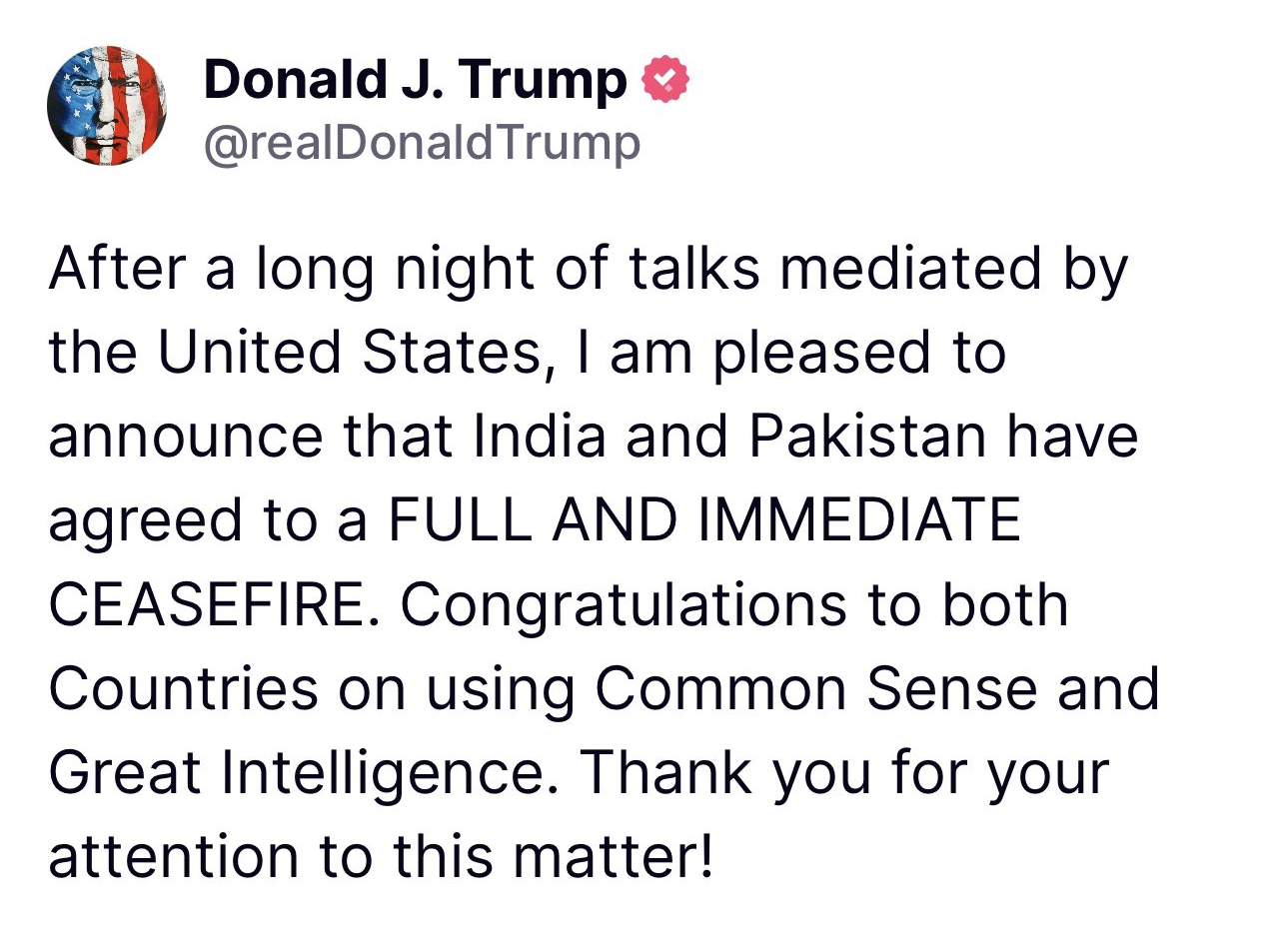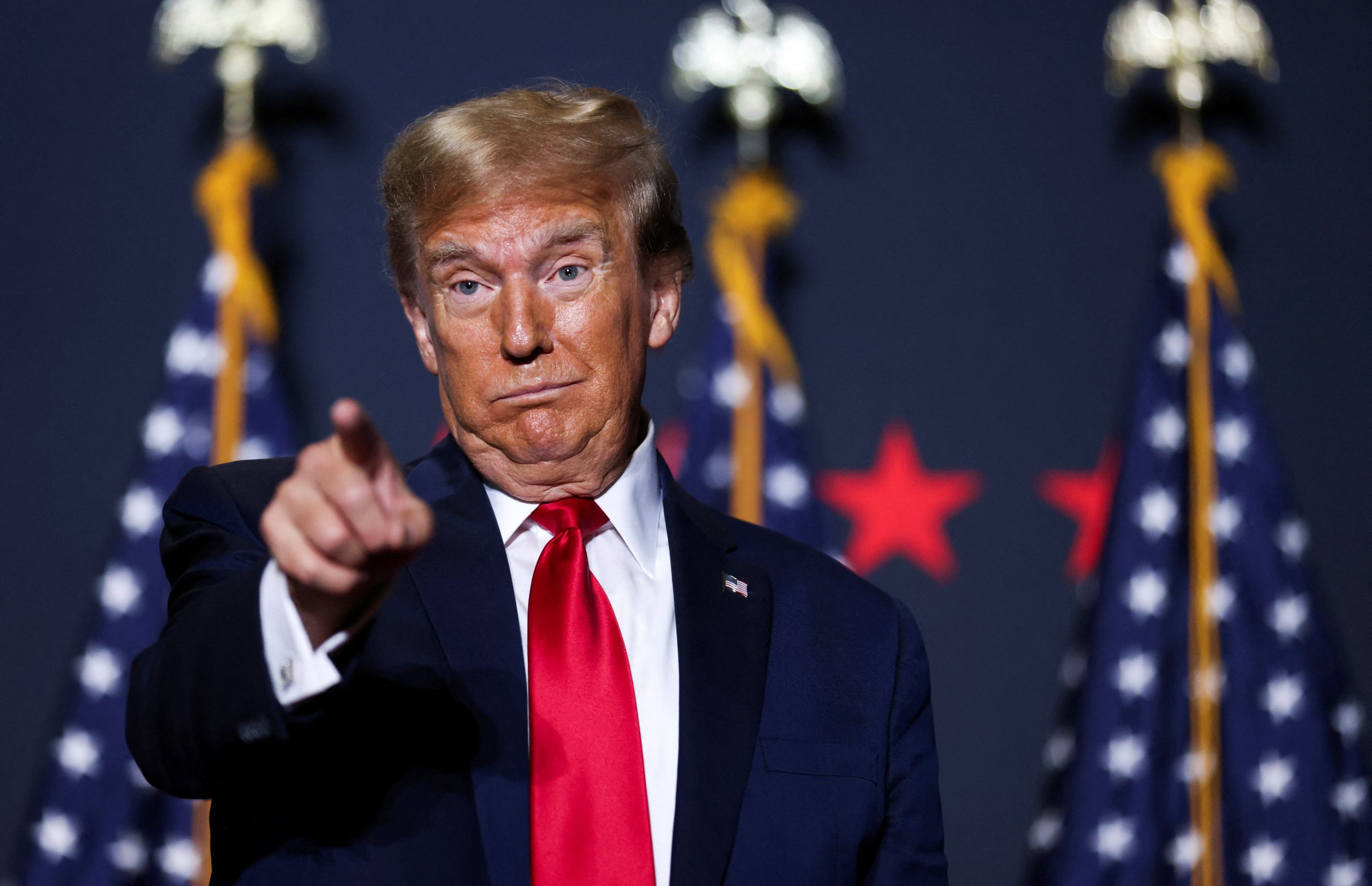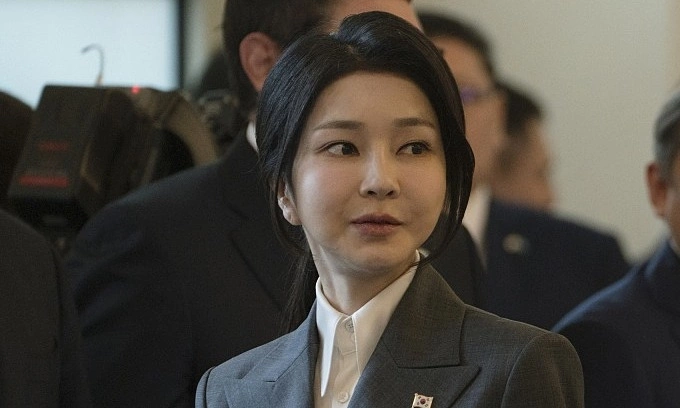Tensions between India and Pakistan reached a boiling point in early May 2025, culminating in a dramatic four-day military standoff that threatened to escalate into a full-scale war between the nuclear-armed neighbors. The crisis, sparked by a deadly terrorist attack on April 22 in Pahalgam, Indian-administered Kashmir, claimed 26 lives, mostly tourists, prompting India to launch “Operation Sindoor” on May 7. This retaliatory strike targeted nine terrorist bases in Pakistan and Pakistan-occupied Kashmir, killing over 100 militants, including key figures from Lashkar-e-Taiba and Jaish-e-Mohammed, according to Indian officials. Pakistan responded with missile strikes on Indian military sites, accusing India of aggression, while India reported intercepting most attacks and accused Pakistan of escalating the conflict.
The situation deteriorated further as both nations traded heavy shelling along the Line of Control, resulting in at least 66 civilian deaths and displacing thousands. Fears of nuclear escalation loomed, with Pakistan’s military hinting at activating its nuclear command, though Defense Minister Khawaja Asif downplayed the threat. Global alarm grew, with the U.S., Saudi Arabia, and Turkey urging de-escalation. Amid this chaos, U.S. President Donald Trump intervened, leveraging his administration‘s diplomatic muscle to broker peace.
On Saturday, May 10, 2025, at 5:07 PM BST, Trump announced on Truth Social, “After a long night of talks mediated by the United States, I am pleased to announce that India and Pakistan have agreed to a FULL AND IMMEDIATE CEASEFIRE. Congratulations to both Countries on using Common Sense and Great Intelligence. Thank you for your attention to this matter!” The ceasefire, effective from 5:00 PM IST (11:30 GMT), halted all firing and military action across land, air, and sea, following intense overnight negotiations. U.S. Secretary of State Marco Rubio and Vice President JD Vance played pivotal roles, engaging with Prime Ministers Narendra Modi and Shehbaz Sharif, as well as military and security chiefs from both sides over 48 hours.

Pakistan’s Foreign Minister Ishaq Dar confirmed the truce, emphasizing Pakistan’s commitment to regional peace, while India’s Foreign Secretary Vikram Misri acknowledged the agreement, noting it was worked out directly between the two nations, subtly downplaying U.S. mediation. Despite this, Trump’s involvement appears to have been decisive, possibly tying a $1 billion IMF tranche to Pakistan’s compliance, as suggested by some sources. The ceasefire offers hope, though explosions reported in Jammu and Srinagar hours later raise concerns about its durability. Both sides have scheduled further talks for May 12, aiming to address broader issues, including the suspended Indus Waters Treaty. While celebrations erupted in parts of both countries, the fragile peace hinges on sustained dialogue and mutual trust, with the world watching closely.












Leave a comment